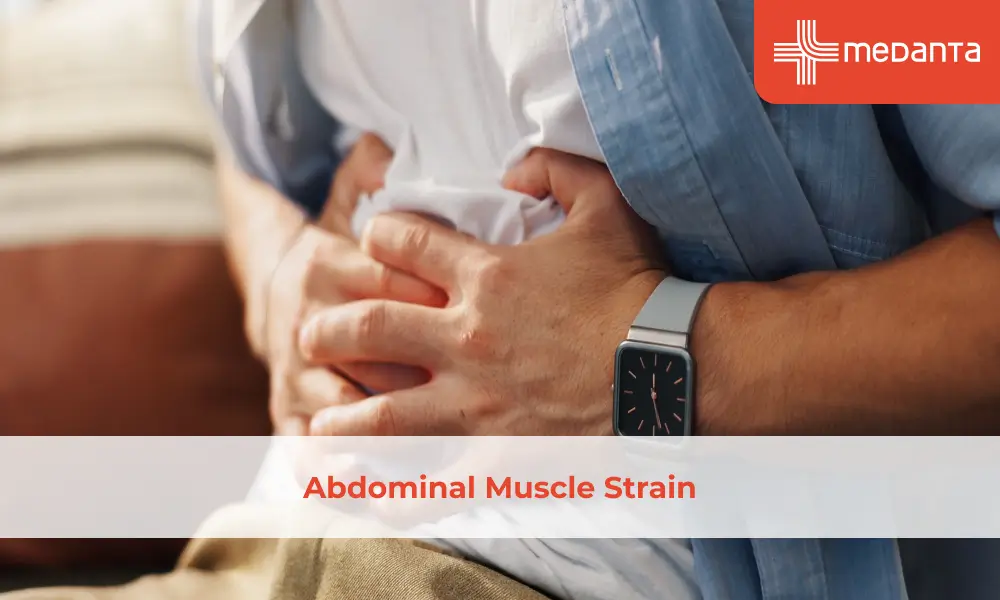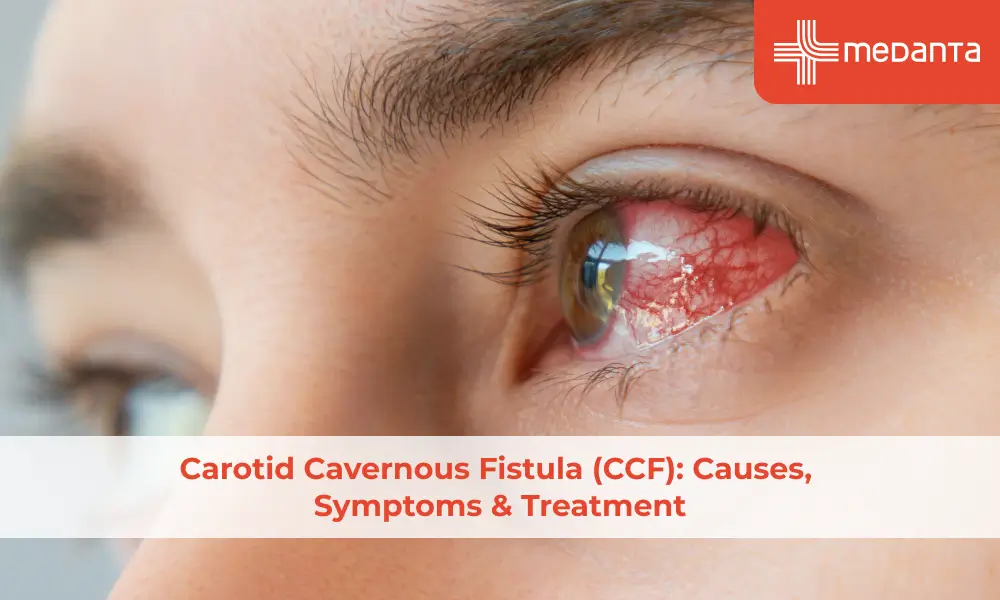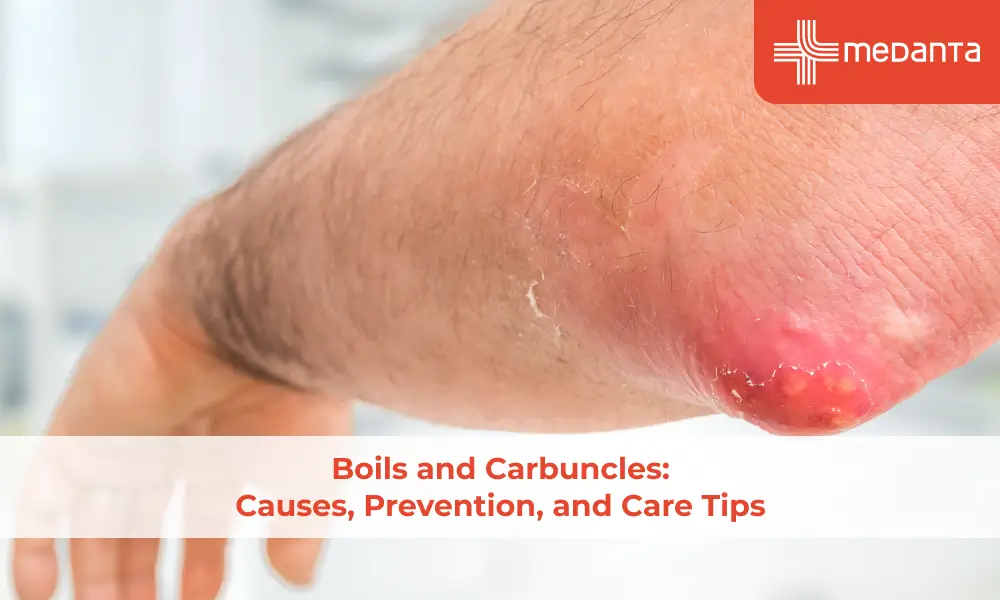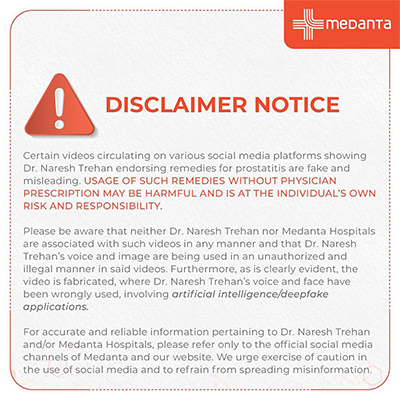What Is the Recovery Time for Thyroid Surgery?
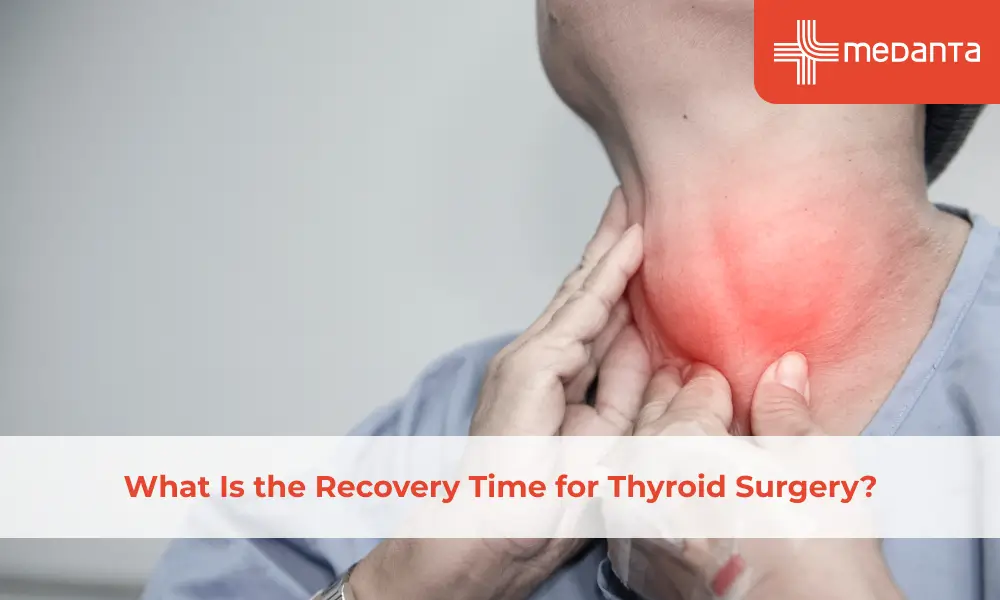
TABLE OF CONTENTS
Thyroid removal surgery is one of the most commonly performed surgical procedures. Most patients return to work within a week after the procedure; those with physically demanding jobs typically need 2 to 3 weeks of rest.
This blog explains the typical recovery timeline after thyroid surgery, exploring the different types of procedures, healing stages, and factors that influence recovery speed.
What is the possible Recovery Time for Thyroid Surgery?
The recovery period after thyroid surgery spans several weeks, with most patients returning home within one day of the procedure. For individuals undergoing a hemithyroidectomy, discharge often occurs on the same day after a brief observation period.
The initial recovery phase requires careful attention to postoperative care:
Patients should avoid soaking or scrubbing the incision site for at least one week.
Showering becomes permissible approximately 24 hours after the surgery.
Most individuals can return to light activities the day following their thyroidectomy. However, strenuous physical activities face certain restrictions:
No heavy lifting or neck-straining tasks for up to three weeks
Avoid vigorous sports and swimming for 10-14 days
Driving restrictions apply until neck movement becomes comfortable, typically lasting a few weeks
Common postoperative symptoms include temporary sore throat, neck pain, difficulty swallowing, and voice weakness. These symptoms typically improve within days, although some discomfort at the incision site might persist for about a week.
Types of Thyroid Surgery and Their Impact on Recovery
Surgeons perform two main categories of thyroid surgery: total thyroidectomy and partial thyroidectomy. Each type carries distinct implications for postoperative recovery and long-term health management.
Total thyroidectomy: This procedure involves removing the entire thyroid gland. After the surgery, patients must take thyroid hormone replacement medication for life since their body can no longer produce these essential hormones naturally.
The recovery process for total thyroidectomy typically includes the following:
One night hospital stay for observation
Temporary neck pain and vocal cord soreness
Regular blood tests to monitor hormone levels
Potential calcium supplements to maintain balance
Partial Thyroidectomy: Partial thyroidectomy comes in several forms, depending on the specific medical condition:
Hemi-thyroidectomy (Thyroid Lobectomy): Surgeons remove one lobe of the thyroid gland. Nearly 50% of lobectomy patients require thyroid hormone replacement therapy afterwards.
Isthmusectomy: This procedure removes the thyroid tissue between the two lobes (isthmus), specifically targeting small tumours in the isthmus.
Recent studies indicate that patients who undergo lobectomy without requiring hormone replacement therapy report better quality of life compared to those needing medication. Moreover, partial thyroidectomy presents lower risks for certain complications, including transient hypoparathyroidism, which occurs in 1.5% of lobectomy cases versus 9.5% in total thyroidectomy procedures.
Surgical Approaches: Presently, thyroidectomy surgeons employ various techniques:
Traditional open surgery through a neck incision
Minimally invasive video-assisted thyroidectomy
Trans-axillary approach
Bilateral axillo-breast approach
Factors that Impact Recovery Time

Several key factors influence the duration and success of thyroid surgery recovery. Patient characteristics, surgical complexity, and postoperative care all play crucial roles in determining healing time.
Age and Physical Condition: Research shows that patients under 70 typically spend three days in hospital, whereas those over 70 require four days for initial recovery. Younger patients demonstrate faster healing rates and experience fewer complications. Physical fitness levels before surgery also affect recovery speed.
Type and Extent of Surgery: The amount of thyroid tissue removed directly affects recovery duration. Larger tissue removal leads to extended recovery times. Studies indicate that heavier thyroids and increased body mass index actually reduce the risk of postoperative bleeding in total thyroidectomy cases.
Pre-existing Medical Conditions: Medical history significantly shapes recovery outcomes. Notably:
Diabetes increases the likelihood of surgical site infections
Existing thyroid conditions influence hormone replacement needs
Cardiovascular health affects healing capacity
Surgical Experience and Technique: The surgeon's expertise markedly impacts recovery. Modern surgical devices minimise complications in elderly patients. Professional experience in endocrine surgery contributes to better clinical outcomes and organisational efficiency.
Gender-Specific Factors Female patients face distinct recovery considerations:
Higher risk of permanent hypocalcaemia
Better protection against postoperative bleeding with increased body mass
Different hormone replacement requirements
Postoperative Complications: Certain complications extend recovery time:
Temporary hypocalcaemia affects more than half of total thyroidectomy patients
Nerve-related voice changes might persist for up to six months
Wound infections require additional healing time
Hormone Management: Thyroid hormone levels significantly impact recovery. Patients with preoperative TSH levels above 2.172 μIU/mL show a higher likelihood of requiring hormone replacement.
Compliance with Recovery Guidelines: Strictly following postoperative instructions improves healing time. This includes:
Factors that Impact Recovery Time
Several key factors influence the duration and success of thyroid surgery recovery. Patient characteristics, surgical complexity, and postoperative care all play crucial roles in determining healing time.
Age and Physical Condition: Research shows that patients under 70 typically spend three days in hospital, whereas those over 70 require four days for initial recovery. Younger patients demonstrate faster healing rates and experience fewer complications. Physical fitness levels before surgery also affect recovery speed.
Type and Extent of Surgery: The amount of thyroid tissue removed directly affects recovery duration. Larger tissue removal leads to extended recovery times. Studies indicate that heavier thyroids and increased body mass index actually reduce the risk of postoperative bleeding in total thyroidectomy cases.
Pre-existing Medical Conditions: Medical history significantly shapes recovery outcomes. Notably:
Diabetes increases the likelihood of surgical site infections
Existing thyroid conditions influence hormone replacement needs
Cardiovascular health affects healing capacity
Surgical Experience and Technique: The surgeon's expertise markedly impacts recovery. Modern surgical devices minimise complications in elderly patients. Professional experience in endocrine surgery contributes to better clinical outcomes and organisational efficiency.
Gender-Specific Factors Female patients face distinct recovery considerations:
Higher risk of permanent hypocalcaemia
Better protection against postoperative bleeding with increased body mass
Different hormone replacement requirements
Postoperative Complications: Certain complications extend recovery time:
Temporary hypocalcaemia affects more than half of total thyroidectomy patients
Nerve-related voice changes might persist for up to six months
Wound infections require additional healing time
Hormone Management: Thyroid hormone levels significantly impact recovery. Patients with preoperative TSH levels above 2.172 μIU/mL show a higher likelihood of requiring hormone replacement.
Compliance with Recovery Guidelines: Strictly following postoperative instructions improves healing time. This includes:
Proper wound care and infection prevention
Adherence to medication schedules
Following activity restrictions
Maintaining proper nutrition for healing
Conclusion
Recovery from thyroid surgery follows a predictable pattern, though individual healing times vary significantly. Most patients return home within 24 hours after the procedure and resume light activities shortly afterwards. The initial two weeks require careful attention to wound care and activity restrictions, especially regarding heavy lifting and neck movements.
Different types of thyroid surgery lead to different recovery experiences. Partial thyroidectomy patients often heal faster and might not need lifelong hormone replacement therapy. Total thyroidectomy patients face a longer adjustment period as their bodies adapt to hormone medication. Regular medical check-ups, proper wound care, and gradual return to normal activities ensure the best possible outcomes after thyroid surgery.
FAQs
How long does hospitalisation last?
Most patients return home on the same day after a 4-hour observation period in recovery. The surgery uses general anaesthesia, ensuring complete sleep during the operation.
What about pain management?
Pain typically centres around swallowing discomfort. Surgeons provide numbing medication lasting 4-6 hours post-operation.
Will calcium supplements be necessary?
Approximately 5% of patients need temporary calcium supplementation, whilst less than 1% require permanent supplements. The recommended dosage includes:
1000 mg four times daily for week one
500 mg twice daily for the subsequent two weeks
When should medical attention be sought?
Contact doctors immediately for:
Fever exceeding 101.5°F
Increased incision pain unrelieved by medication
Swelling or redness around the wound
Numbness in fingers, toes, or mouth area
Muscle cramps
What physical restrictions apply?
Activity levels depend on individual comfort. Most patients:
Resume regular activities within days
Return to work within the first week
Can drive once comfortable turning their head
Should avoid hot baths and swimming for one week
What complications might occur?
Voice changes affect approximately 1 in 150 operations, usually temporarily. Parathyroid gland dysfunction occurs in roughly 1 in 200 cases. Bleeding risks remain minimal at 1 in 300 patients.
How often are follow-up visits needed?
Postoperative appointments typically occur 1-2 weeks after surgery. These visits assess healing progress and address any concerns about recovery or medication adjustments.


